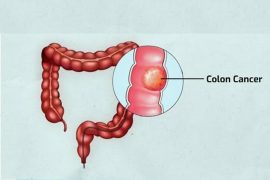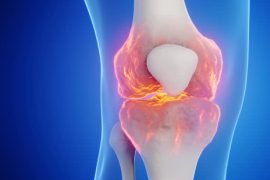World Asthma Day 2025 was observed on May 6, marking the annual awareness event held on the first Tuesday of May. The day aims to raise global awareness about asthma, a chronic respiratory condition marked by symptoms like coughing, wheezing, and shortness of breath. It also emphasizes the importance of ongoing research toward finding a cure. Asthma can become especially difficult to manage during the spring and summer months, when environmental triggers often worsen symptoms for those affected.
1. Asthma is Not Just About Breathlessness
Asthma is often perceived solely as a condition that causes breathlessness. However, this is a limited understanding. One lesser-known type is Cough Variant Asthma (CVA), where the primary symptom is a persistent dry cough, occasionally with minimal phlegm. Since these patients might not complain of breathlessness, CVA may remain undiagnosed unless carefully evaluated. While not all cases of chronic cough are due to asthma, it is important for healthcare providers to consider CVA after eliminating more common causes of cough such as infections, acid reflux, or allergies.
2. Asthma Can Develop in Adulthood
Although asthma commonly begins in childhood, adult-onset asthma is also a well-recognized phenomenon. Adults can develop asthma due to several risk factors including environmental allergens, cigarette smoking, obesity, chronic stress, and pollution exposure. In these cases, diagnosis might be delayed as symptoms can be mistaken for other respiratory or cardiac conditions. Therefore, it’s crucial to evaluate adults with recurrent wheezing, cough, or breathlessness for asthma.
3. Inhalers Are Essential in Asthma Treatment
Inhalers are the cornerstone of asthma management. Despite misconceptions, inhalers are not just for severe cases and are not habit-forming. Many people fear that inhalers contain high doses of medication, but in reality, they deliver small, targeted doses directly to the lungs, minimizing systemic absorption and side effects. Inhalers, including rescue inhalers for immediate relief and controller inhalers for long-term management, help maintain good control over asthma and prevent flare-ups.
4. Asthma Is a Non-Infectious Disease
Asthma is not contagious and cannot be spread from person to person. While asthma may be inherited and run in families, it is not an infectious disease like the flu or cold. Being in close proximity to someone with asthma does not increase your risk of developing the condition. This misunderstanding often leads to unnecessary social stigma or isolation of asthmatic patients, which should be avoided.
5. Asthma Can Disappear and Recur
Asthma symptoms can be intermittent, leading patients to believe they have outgrown or been cured of the disease. However, asthma can recur unpredictably. It is important to understand that asthma is a chronic condition, and even if symptoms are absent for long periods, they can reappear if triggers are encountered. Asthma treatment typically includes two components: rescue medications for immediate symptom relief and controller medications to maintain long-term control and prevent worsening of the condition.
6. Asthma Patients Can Exercise and Stay Active
Asthma should not be seen as a barrier to physical activity. In fact, regular exercise is encouraged and can help improve lung function and overall health. Activities like swimming, running, and sports are safe for asthmatics when done with proper medication and precautions. Patients who take their medications as prescribed and manage their triggers can lead an active lifestyle, similar to individuals without asthma.
7. Asthma Has No Cure, But It Is Manageable
There is currently no permanent cure for asthma, but it can be effectively managed. With the right combination of medications, avoidance of known triggers, and adherence to a personalized asthma action plan, individuals with asthma can live normal, healthy lives. Regular follow-ups with healthcare providers and education about the condition also play a key role in maintaining good control over asthma symptoms and preventing complications.
Disclaimer:
The information contained in this article is for educational and informational purposes only and is not intended as a health advice. We would ask you to consult a qualified professional or medical expert to gain additional knowledge before you choose to consume any product or perform any exercise.






